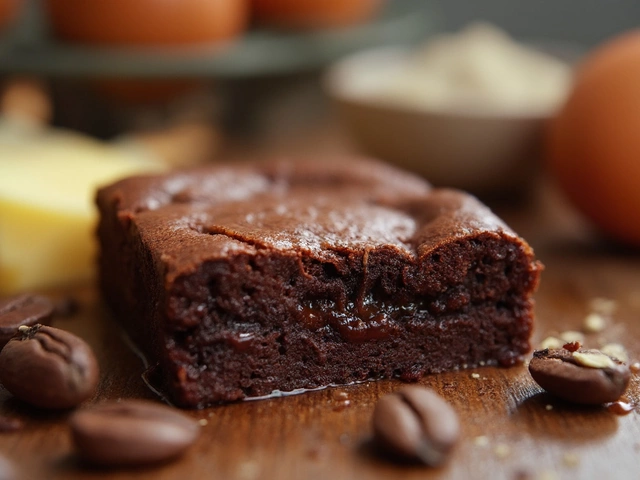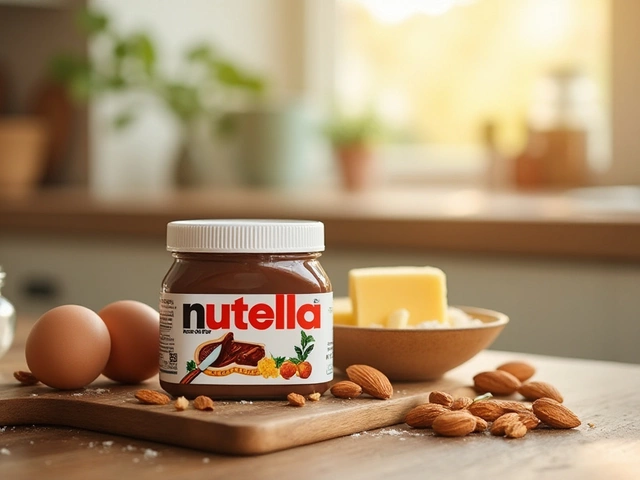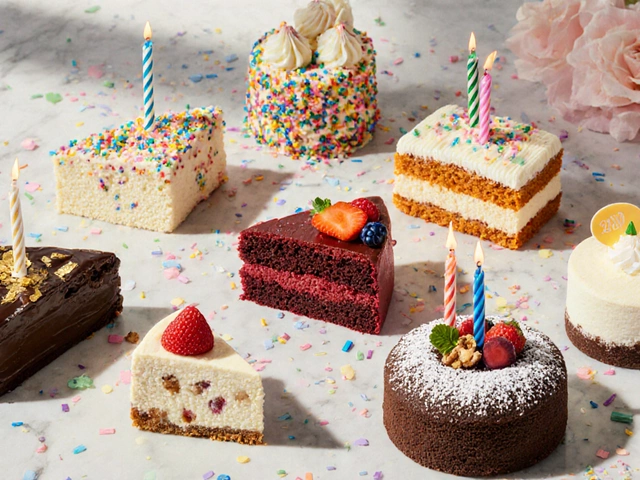Ingredients: Your Go‑to Guide for Baking Success
When you bake, the difference between a decent treat and a knockout dessert often comes down to the ingredients you use. It’s not magic – it’s knowing what to buy, how to keep it fresh, and when you can swap one thing for another without ruining the result.
Choosing the Right Ingredients
First up, quality matters. Fresh, high‑grade butter gives your cookies a richer flavor and a better spread. Look for butter that’s pale yellow and has a clean scent. When it comes to flour, sifted cake flour makes light sponges, while all‑purpose flour is your all‑rounder for brownies or cupcakes. If a recipe calls for a specific brand of chocolate, stick with it the first time – you’ll learn how its cocoa percentage affects texture.
Don’t forget the little things. Vanilla extract, for example, can be the secret weapon that lifts a vanilla cake from bland to wow. Real vanilla beans or pure extract are worth the few extra pennies, especially if you’re frosting a layered cake. Salt is another game‑changer; a pinch can balance sweetness and highlight other flavors.
Storing and Substituting Ingredients
Even the best ingredients can go bad if you store them wrong. Keep nuts in an airtight container in the fridge – they stay crunchy longer and don’t turn rancid. Flour and sugar belong in a cool, dry spot; humidity is the enemy and can cause clumping or spoilage. If you’re short on butter, you can replace half of it with a neutral‑tasting oil for a softer crumb, but don’t go 100 % oil unless the recipe is designed for it.
Seasonal swaps are a fun way to keep things interesting. Fresh berries in the summer can replace frozen ones for a brighter taste. If you’re out of buttermilk, add a tablespoon of lemon juice or vinegar to a cup of milk and let it sit for five minutes – you’ve just made a perfect substitute.
Now, what about the occasional ingredient panic? Say you open a bag of cocoa powder and see it’s a bit clumpy. A quick whisk with a little hot water will break up lumps and give you a smooth mix. Or if your eggs are a little on the small side, two extra medium eggs will keep the structure of a cake intact.
One more tip: label everything with the purchase date. It’s easy to forget that a bag of unrefined sugar can sit for years, but a bag of baking powder loses potency after about six months. Fresh leavening agents mean your cakes rise properly and your cookies stay tender.
When you get the hang of it, choosing, storing, and swapping ingredients becomes second nature. Your desserts will taste cleaner, look more polished, and you’ll spend less time second‑guessing a recipe. So next time you head to the pantry, take a quick inventory, snap a mental note of what’s fresh, and start your bake with confidence.
Ready to put these ideas to work? Check out our latest posts on the soft‑ball stage for fudge, how to keep brownies fresh, and the best gluten‑free cake tricks – all packed with ingredient advice you can use right now.
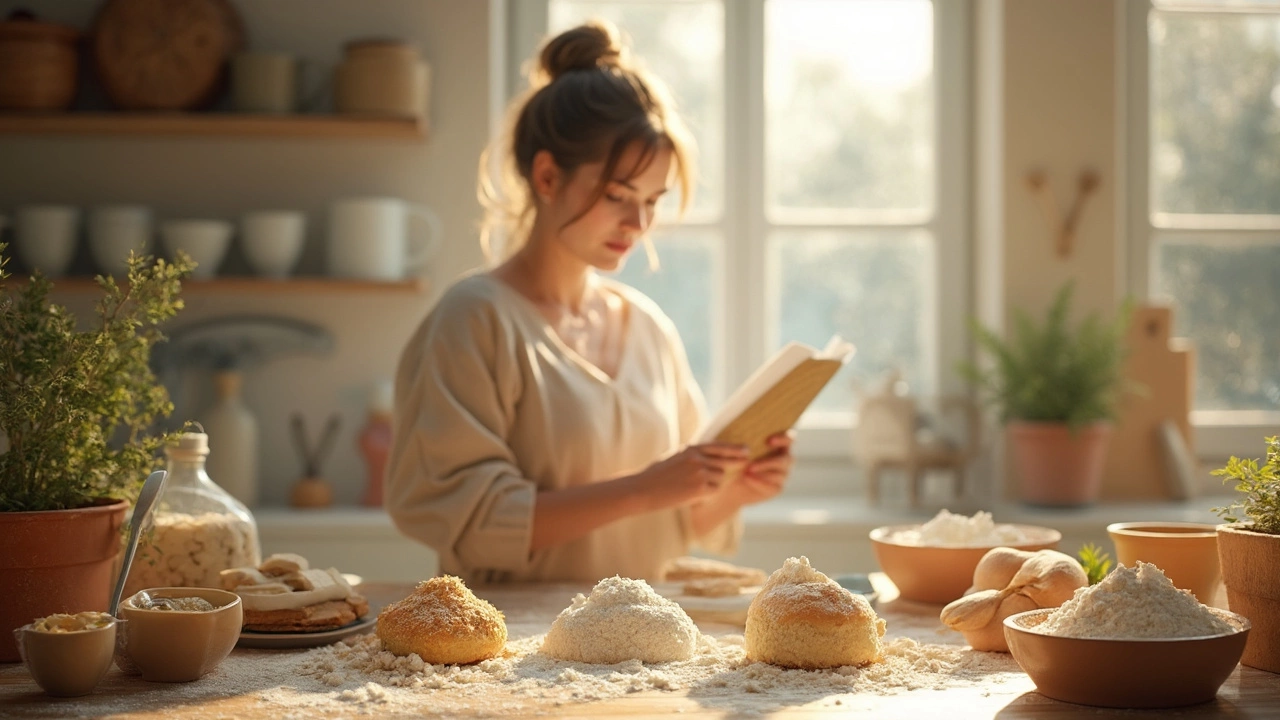
Gluten-Free Baking: What to Avoid for Perfect Cakes
Baking gluten-free cakes sounds simple, but plenty of things can mess it up fast. This article points out common mistakes you’ll want to dodge, from using the wrong flours to skipping vital binders. You’ll get tips to make cakes moist and flavorful, plus advice on cross-contamination and tricky add-ins. Whether you’re brand-new to gluten-free baking or trying to fix dry, crumbly results, this guide has you covered. Make your next gluten-free cake taste just as good as the classics.
View More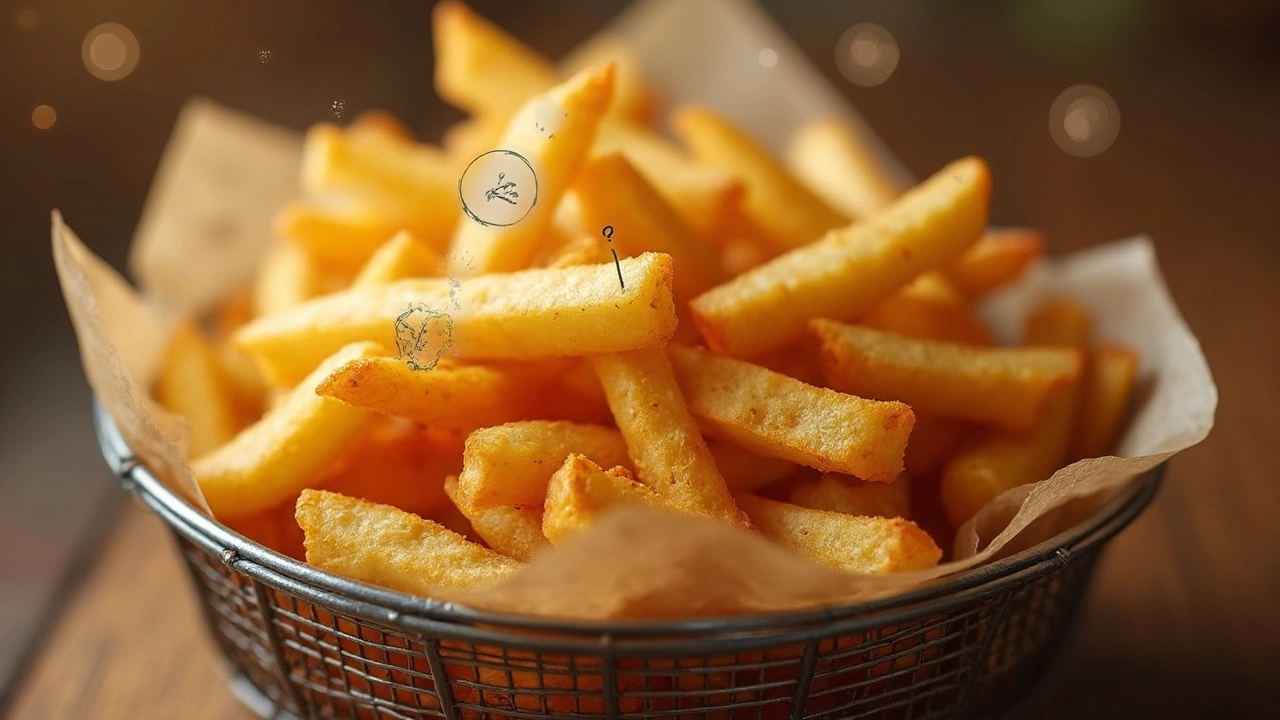
Are McDonald Fries Vegan? The Truth Behind Their Ingredients
Ever wondered if McDonald's iconic fries fit into a vegan lifestyle? This article breaks down what actually goes into those golden fries and why the answer to their vegan status might surprise you. We'll dig into ingredient lists, cross-contamination risks, and international differences. You'll also get some tips on how to spot vegan-friendly fries elsewhere, plus alternative options if you're craving that fast-food bite. Get ready for some straightforward answers and practical tips.
View More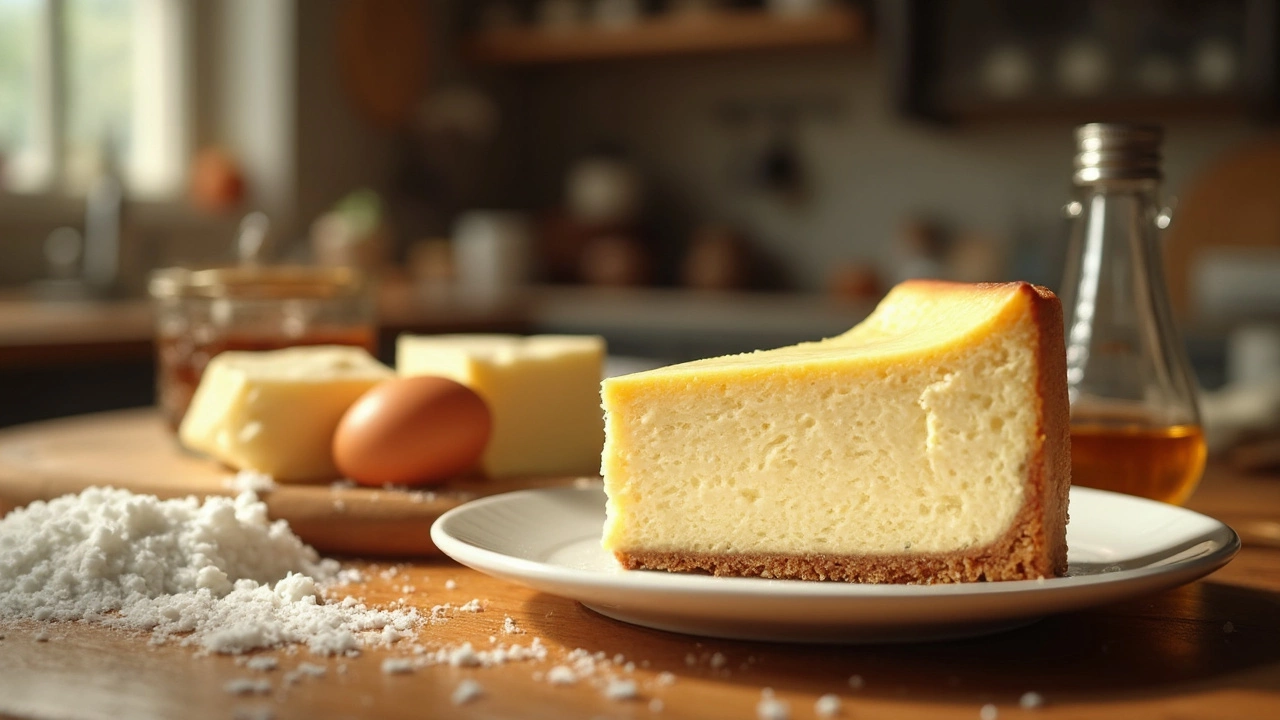
New York Cheesecake Ingredients: What’s Actually Inside?
Ever wondered what makes New York cheesecake so rich and creamy? This article breaks down every core ingredient and why each one matters. Get the lowdown on traditional and modern tweaks, plus practical tips to nail that classic flavor at home. No confusing jargon or complicated steps—just real, clear info. Learn why New York cheesecake stands out from the crowd and get ready to bake better than ever.
View More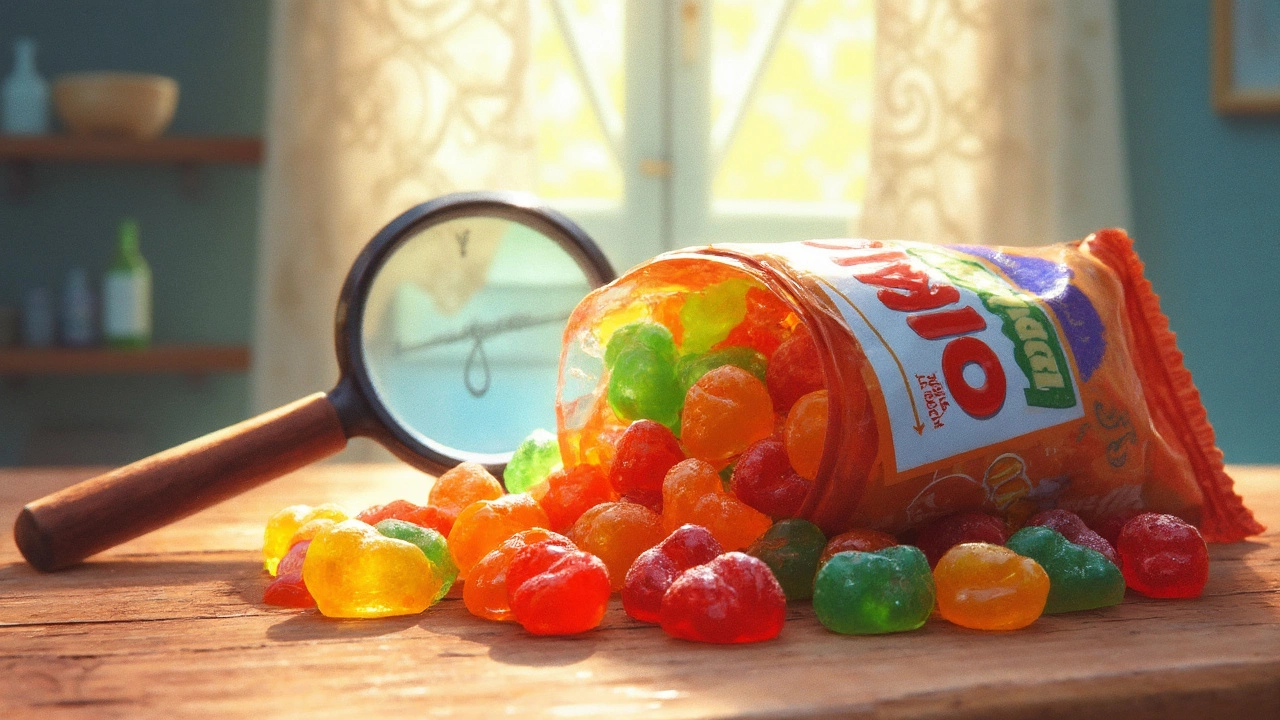
Are Haribo Vegan? Unwrapping the Truth About Your Favorite Gummy Treat
Curious if your favorite Haribo gummies are vegan-friendly? Navigating the world of gummy candies can be tricky, especially for those following a vegan lifestyle. In this article, we'll unravel the ingredients, share some surprising facts about Haribo, and explore whether there's a vegan option for gummy lovers. Discover what's inside these chewy treats and learn more about alternative options that cater to a kinder lifestyle.
View More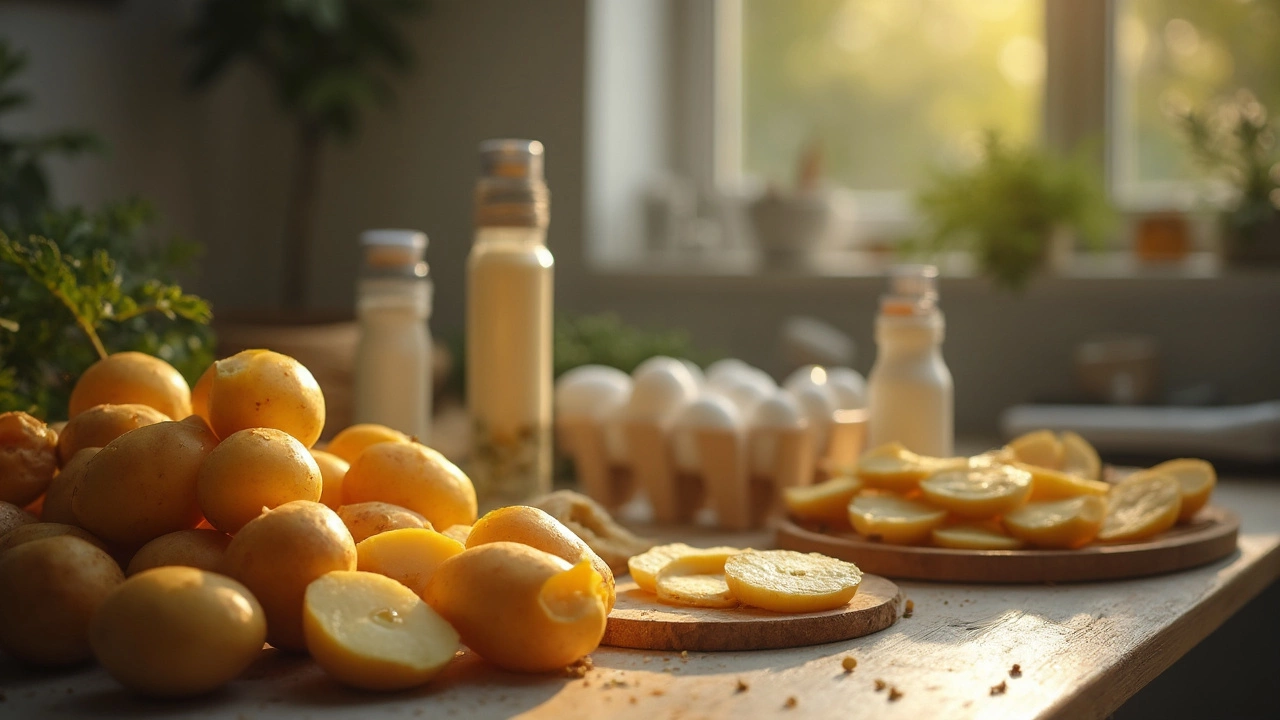
Why Are Potatoes Not Vegan? Unraveling the Mystery of Vegan Desserts
Have you ever wondered why some potatoes are not considered vegan? In the world of vegan desserts, it might come as a shock that certain potato-based dishes could contain non-vegan ingredients. This article dives into the reasons behind it and offers tips for ensuring your dessert remains vegan. Get the insights you need to navigate the intricacies of vegan baking.
View More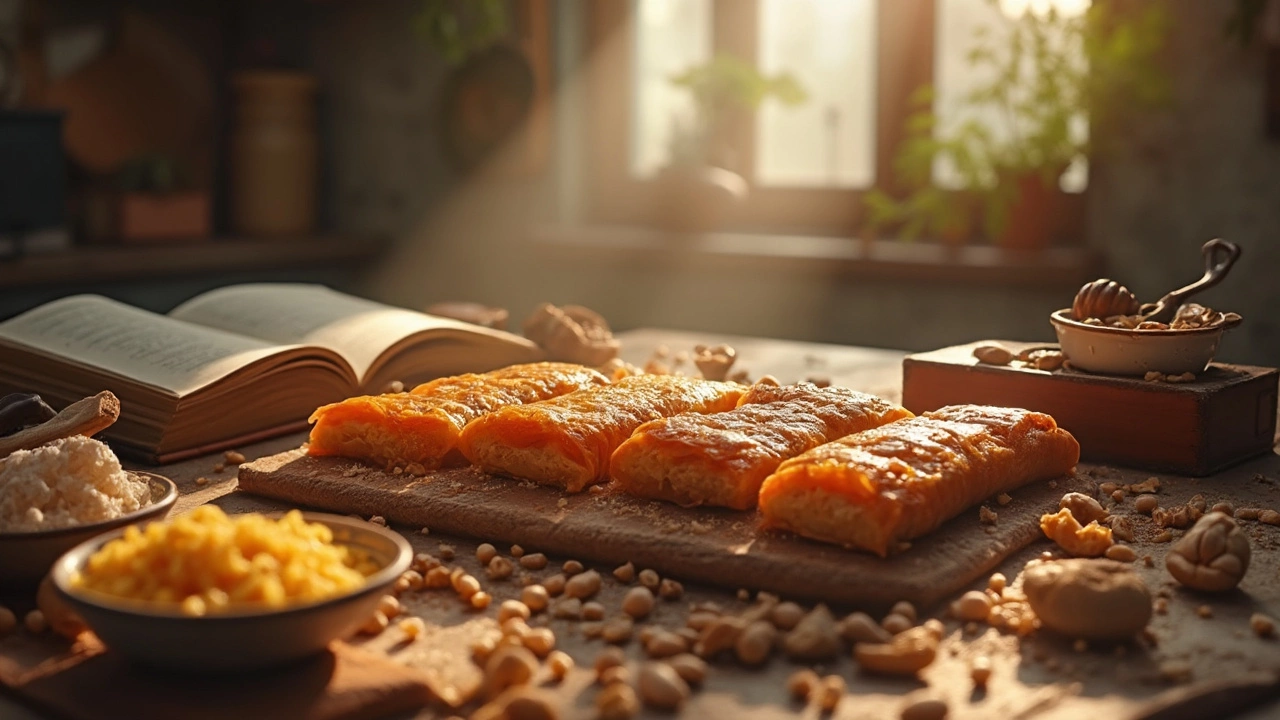
Why Baklava Isn’t Vegan: Ingredients to Watch Out For
Baklava, a deliciously sweet pastry, may not always be vegan due to traditional ingredients like honey and butter. Learn about the ingredients that typically make baklava non-vegan and explore plant-based alternatives. Discover tips for creating a vegan-friendly version of this beloved treat. Understand why it’s essential to check labels when purchasing baklava for a vegan diet. Stay informed on how to enjoy your favorite desserts while adhering to your dietary preferences.
View More

